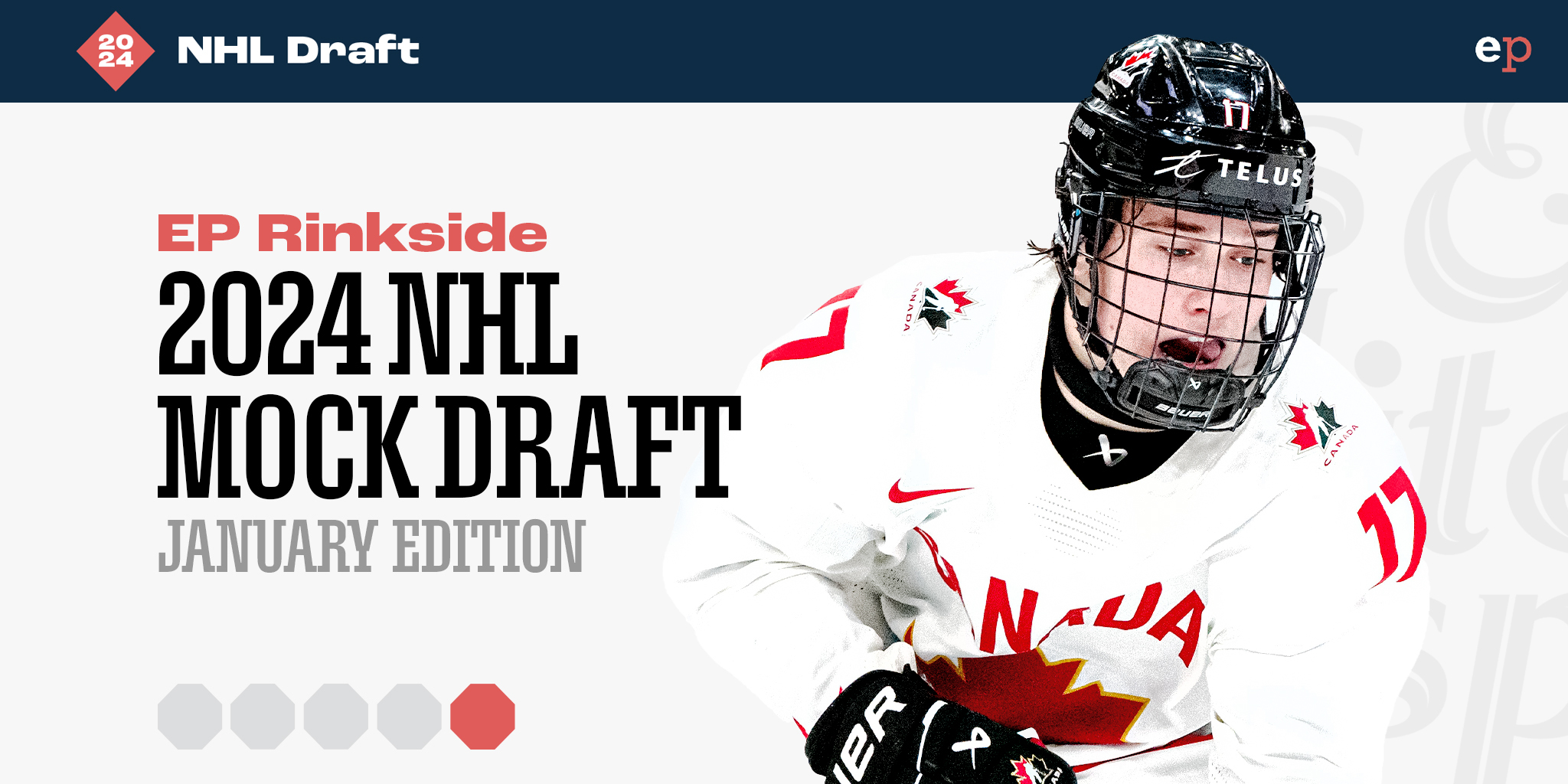For PWHL goalies the depth of the position can be a blessing and a curse
DETROIT, Michigan – Emma Söderberg was one of college hockey’s best goalies last season, posting a .938 save percentage at Minnesota-Duluth. She followed that up with an All-Star selection at the 2023 IIHF Women’s Worlds for Sweden.
Sandra Abstreiter is fresh off a collegiate career at Providence where she posted a .931 save percentage and 15 shutouts in 104 NCAA starts.
Those were the backup goalies on Saturday, when PWHL Boston and PWHL Ottawa met in a neutral-site game on Saturday at Little Caesars Arena.
Cami Kronish, the goalie who backstopped Wisconsin to an NCAA title last season and posted a .932 save percentage, didn’t even get to dress as a third-stringer.
That’s the reality in the PWHL. With just six teams in the inaugural season, the 13th-best female goalie in the world is a third-stringer. The 19th or 20th best, aren’t even in the league.
Compare that to the NHL, where 94 goalies have already played in the top men’s league in the world this season.
It’s why games like Saturday’s showcase between Boston and Ottawa shouldn’t be surprising. Aerin Frankel and Emerance Maschmeyer duelled throughout regulation and into a shootout, with Boston eventually getting the win in a 2-1 victory.
When two of the best goalies in the world go head-to-head, goal-scoring is going to be down. And in the PWHL, nearly every game features two of the top-10 goalies in the world.
Of the nine goalies that qualify for the league leaderboard, six have a save percentage of .925 or higher.
“I think it’s a blessing and a curse at the same time,” Frankel said. “It’s very challenging to be at the top of your game every night, knowing that you are playing against teams with so much talent and so much skill and ultimately every team has multiple all-stars … and the margin of error is small, because the other team also has a world-class goalie every game.”
Frankel, who is third in the league with a .929 save percentage, said it’s an ideology that often carries over to practice. When Boston practiced in Detroit on Friday for example, there weren’t many goals scored, against either of the three goalies.
Frankel said holding the net as a No. 1 in the PWHL can be a challenge, because there is always a more than capable replacement ready to take the job. She also said it’s similar to the battles she had for playing time with the United States national team, where she is the incumbent starter after taking the net heading into the 2024 IIHF Women’s World Championships next month.
Fittingly, it’s something Frankel has had to battle for since she was a kid. Growing up Frankel played forward first and pushed to play goalie because she liked spending the entire game on the ice, eventually winning the battle with her parents as an 8-year-old.
Frankel has also effectively proven people wrong for the better part of the past five years. At 5-foot-5, she’s the shortest goalie in the PWHL; she also was under-recruited going into college because of both her height and the fact she played on a loaded team at Shattuck St. Mary’s.
“It was a high level, but I was on a really strong team so I wasn’t seeing a ton of shots every night, so that actually made my recruiting process through college pretty difficult,” Frankel said. “Coaches were coming to see me and I wasn’t getting a lot of action.”
Northeastern saw enough, and Frankel delivered one of the finest NCAA careers ever for a goalie, winning the Patty Kazmaier award in 2021 and was a finalist two other times.
“I think for college especially, I would say that’s why as a goalie I think you have to think a little bit more selfishly about where you can actually play,” Frankel said. “I think it’s why you see some of the top goalies go to not top schools, there is only one net and that motivates you to earn that spot. Day in and day you, you have to work hard because someone is always trying to take your job.”
It was the perfect prep for Frankel’s professional career. And in the first season of the new league goals have been at a premium, thanks to the quality of depth in net for all six teams.



